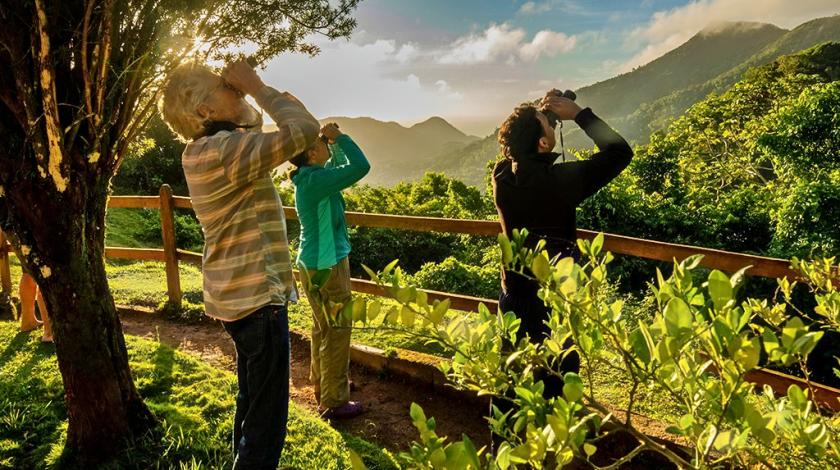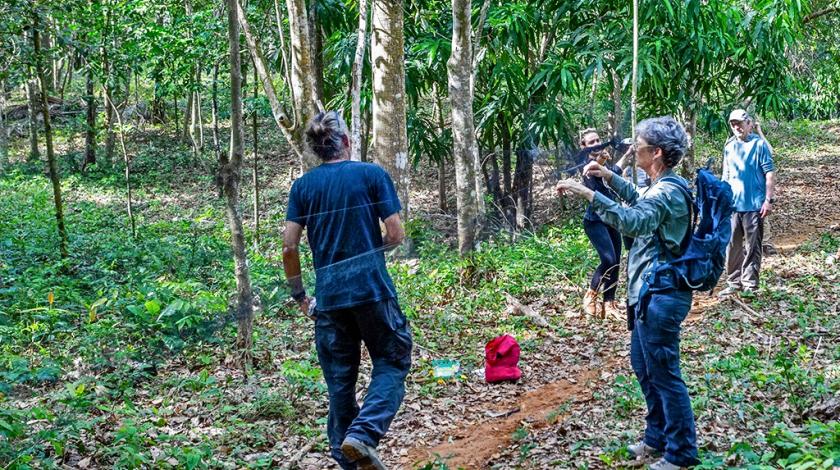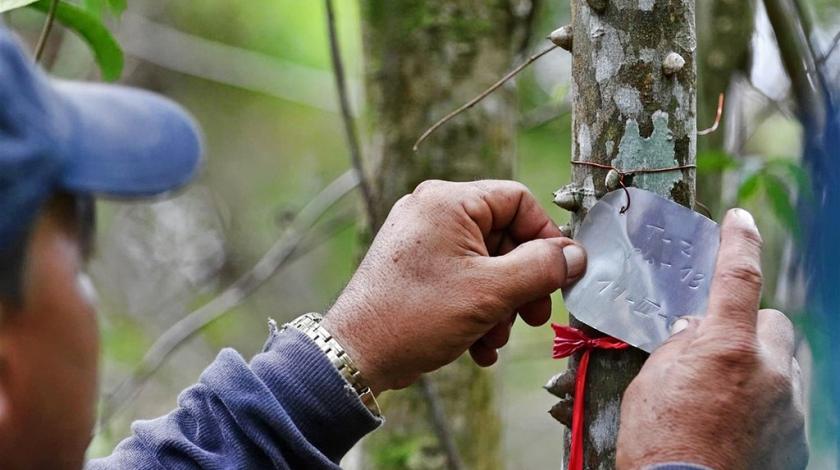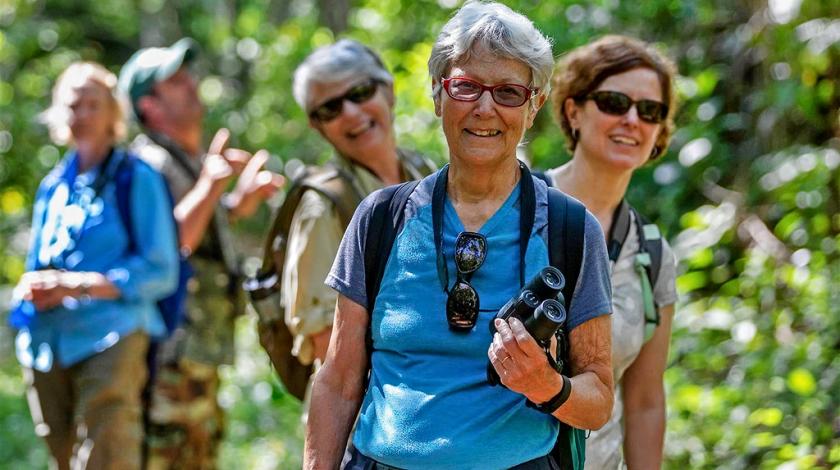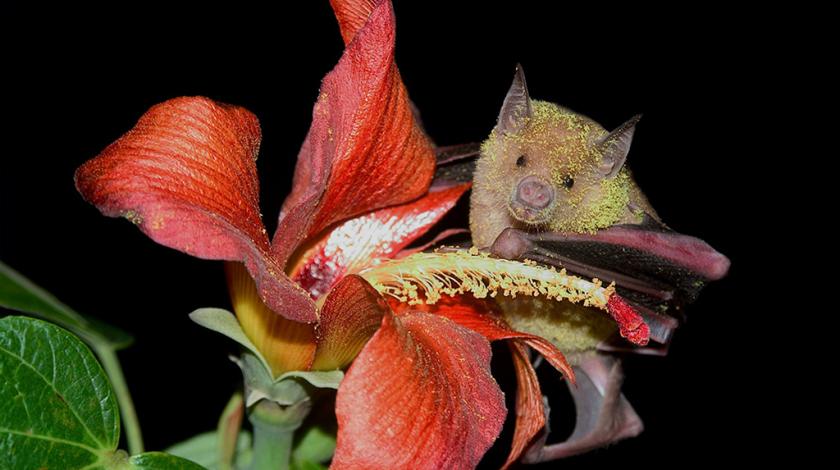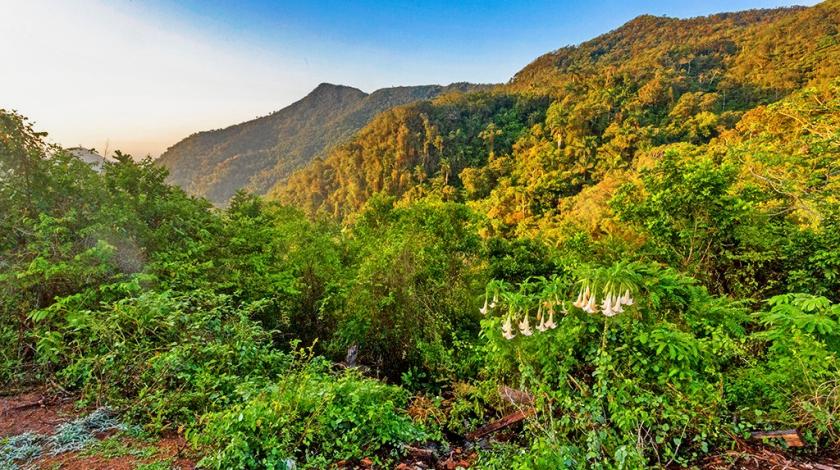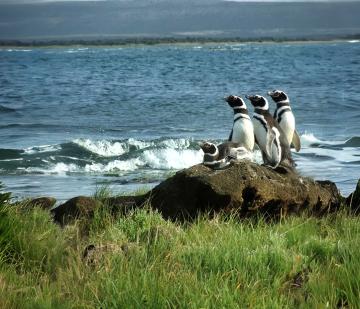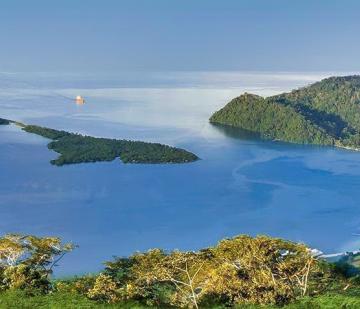BOOK WITH A $500 DEPOSIT
Cuban Wildlife and Tropical Forests
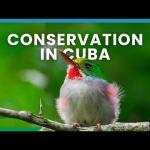
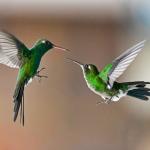
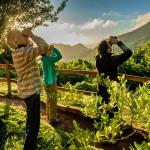
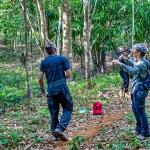
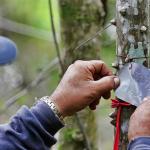
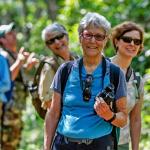
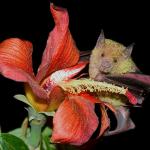
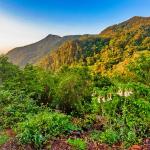
Cuba hosts some of the most unique and amazing animals and plants in the world, but many are endangered. To conserve these species, help researchers and wildlife managers gain a better understanding of wildlife within protected areas in Cuba.
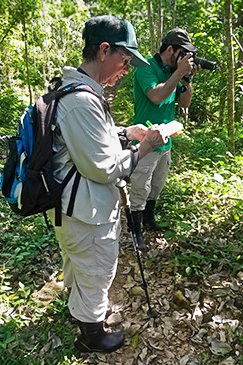 The mountainous forests of Lomas de Banao Ecological Reserve are home to species only found in the Caribbean—including the vulnerable Cuban Parakeet and the near-threatened Cuban Amazon Parrot. Despite the region’s unique biodiversity, long-standing political complexities have hindered collaborative international research with the United States and other nations. However, research and conservation collaborations have increased in the last decade, making this a critical moment for the wildlife of the island nation. With Cuba becoming more open to the world, many predict new economic opportunities and development, potentially impacting the region’s biodiversity.
The mountainous forests of Lomas de Banao Ecological Reserve are home to species only found in the Caribbean—including the vulnerable Cuban Parakeet and the near-threatened Cuban Amazon Parrot. Despite the region’s unique biodiversity, long-standing political complexities have hindered collaborative international research with the United States and other nations. However, research and conservation collaborations have increased in the last decade, making this a critical moment for the wildlife of the island nation. With Cuba becoming more open to the world, many predict new economic opportunities and development, potentially impacting the region’s biodiversity.
Researchers are now seeking volunteers to assist them in surveying the stunning protected lands’ wildlife. This information will be vital in crafting effective management and conservation plans, particularly in the face of converging challenges from climate change and a post-pandemic world. The project has already produced baseline assessments of biodiversity in Banao, which include data on birds, reptiles, amphibians, and plant life. These assessments have shown that primary pollinators and seed dispersers, including birds and bats, must be conserved to maintain and improve habitats in the forest.
The project's next phase will involve volunteers documenting the many bats and endemic and migratory bird species that inhabit the reserves. Volunteers will be responsible for documenting bird sightings, recording bird songs and bat calls, monitoring bat populations, and surveying forest tree species, particularly royal palms, which provide refuge, food, and habitat for wildlife. All data collected will help to provide a comprehensive view of these protected areas and infer how climate change may impact biodiversity in the future.
A Typical Itinerary
- Day 1: Meet, travel to the field site
- Day 2: Orientation and training
- Days 3–8: Survey birds, bats, and forest trees
- Day 9: Wrap-up (may include a final meal in colonial Trinidad)
- Day 10: Departure
Note on Travel
Currently, U.S. passport holders may enter Cuba with a ‘Cuban Entry Card,’ also called a ‘Tourist Card.’ The entry card is easily obtained through U.S. air carriers providing service to Cuba or through visa service agencies, and it costs approximately USD50–100.
The activities of this Earthwatch environmental project are authorized under the U.S. Treasury Department’s Office of Foreign Assets Control (OFAC) General License pertaining to Cuba (31 CFR) under article 515.575 on Humanitarian Projects. Our activities are consistent with a full-time schedule.
.
HOW YOU WILL HELP
.
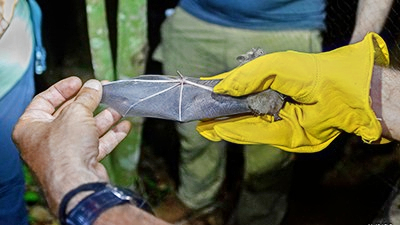
Document Birds and Bats
Explore the Banao River Basin as you work alongside researchers to observe and record bird species and collect vocalization samples at different elevations. You will also help set up mist nets, record specimen measurements, and place acoustic recorders to monitor bat populations in the reserve.
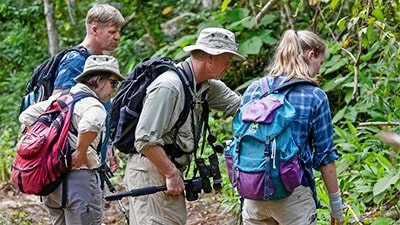
Survey forest trees
Walk through Banao’s forests as you identify and document tree species, measure vegetation structure, and look for indications of human impact.
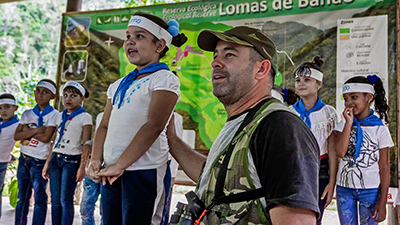
Community engagement
This project involves rural communities in conservation by conducting outreach talks, organizing wildlife festivals, monitoring bird communities, and reforestation activities.
.
You will begin your work at the Jarico field station and then move to the second research location halfway through the expedition. The second location is a hike up the mountain for a few hours to the La Sabina field station. On clear days, you can see the Caribbean Sea from this location.
Field conditions and research needs can lead to changes in the itinerary and activities. We appreciate your cooperation and understanding.
.
.
FEEDBACK & QUESTIONS
15 Reviews on this Expedition
GET EARTHWATCH NEWSLETTER
Bi-weekly announcements, new expeditions, and updates on our impact around the globe.
.
.
.

